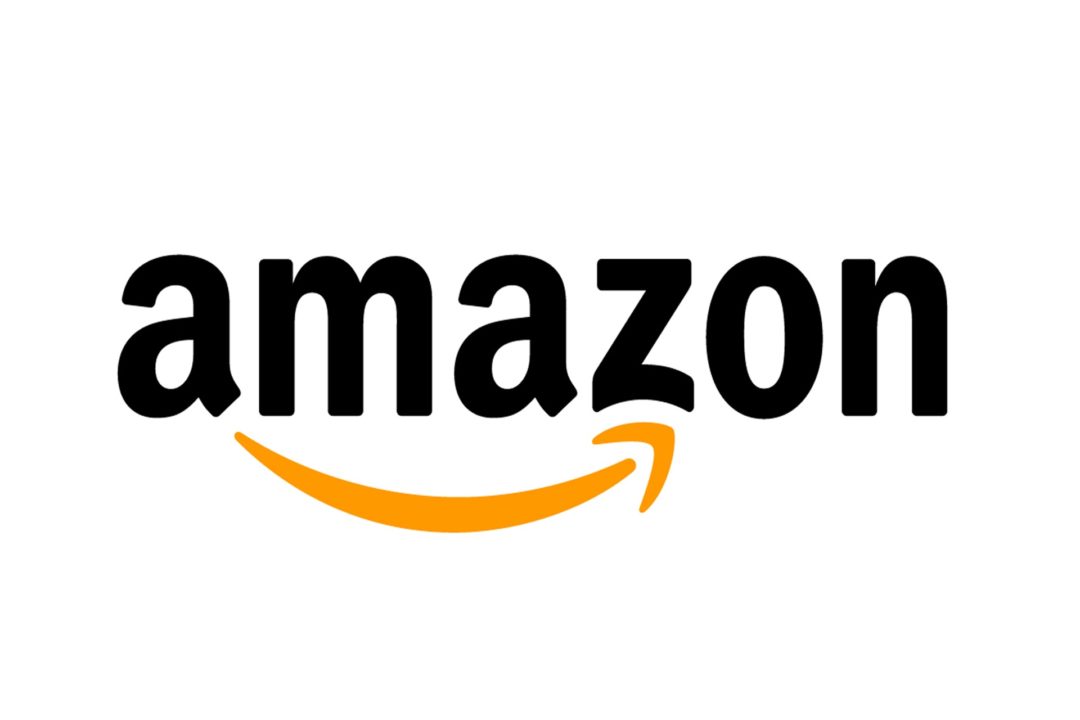
One Year on — Amazon Whole Foods

In what appears to be the company’s last public statement in February about Whole Foods’ particular performance, Amazon CFO Brian T. Olsavsky said Amazon physical store revenue, which is made up mostly of Whole Foods, but also includes nearly 100 book stores and “pop-up” mall stores, about 10 Smart Home store-within-a-store set-ups inside Kohls, and the cashier-less Amazon Go in Seattle, reached $4.5 billion as of the end of the fourth quarter, December, 2017.
Whole Foods’ last fiscal year as a standalone public company ended September, 2017, with just over $16 billion in sales. According to Thasos Group, which uses mobile-phone location data to gauge trends, foot traffic has increased about 3% year-over-year since Amazon acquired the company. This would bring Whole Foods’ sales into the $17 billion range.
Membership ModelWhen the two companies first announced their marriage plans in June 2017, we noted the lack of any apparent tactical plan to mesh the highly curated quality of Whole Foods’ products and culture with the sell-anything-and-let’s-colonize-the-moon approach of Amazon. We also said at the time that the company, with its essentially unlimited access to cash and $300-plus billion stock market capitalization, probably didn’t feel it needed one. Since then, Amazon’s market cap has more than doubled, to over $800 billion.
Initially, Amazon highlighted price cuts on select everyday items. More recently, Amazon has linked its Prime membership to discounts at Whole Foods, with in-store signs calling out an extra 10% off certain items exclusively for Prime members, plus free 2-hour delivery from stores in select cities. In what may create the greatest incentive to join, Prime members will get an extra 5% back at Whole Foods when they use the Amazon Prime Rewards Visa Card. Notice the similarity to the Costco club warehouse membership model, which also offers a member credit card with an extra discount off product purchases. Of course, even if you add the 5% credit card discount to the 10% in-store discount on select items, Whole Foods’ nominal gross profit margin moves down from the 34% range to the low 20% range. Compare this to 12% gross margins at Costco.
Emerging ProfitWith the public markets giving Amazon a 25-year pass on the need to be profitable, the company has been able to grow from an online seller of books — which are the ideal non-perishable, low-weight, low-cube, high-dollar products shipped in a box — to become a seller of anything, with fulfillment infrastructure developing organically as the product mix evolved.
For most of its history, Amazon made its profits from Amazon Web Services, its cloud-computing business, and not from the online retail business. As of the quarter ended March 31, $1.4 billion in operating income came from $5.4 billion in sales through Amazon Web Services; a 25.7% operating income margin. On the retail side, operating income was $527 million on $45.6 billion in sales, or just over one percent (1.1%). The company has just raised its Prime membership annual fee to $119 from $99, which should add between $1 billion and $2 billion to its operating profit line, given its 100 million Prime member households worldwide.
Market ShareAs of the first quarter of 2018, the U.S. Census estimates total ecommerce sales at 9.5% of all U.S. retail sales, or $495 billion of $5.2 trillion annually. The food portion of online sales was somewhere between $13 billion and $28 billion, or 2% to 4.3% of the $641 billion U.S. grocery market in 2017, according to estimates by FMI-Nielsen.
Amazon’s share of online food is estimated at $2 billion, giving it somewhere between 7% and 15% of all online food sales. Add to this Whole Foods’ $17 billion, and Amazon Whole Foods’ total $19-plus billion works out to about 3% market share for all U.S. groceries through stores and online.
FMI-Nielsen estimates that the online food market will grow to $100 billion by 2025. Perhaps. At that point, assuming 2% annual growth for all U.S. groceries during that time, online food sales would be 13% of the then-$750 billion total U.S. grocery market. Where will the other 87%, or $650 billion, come from? Apparently, bricks-and-mortar stores will be around for a while.
Fresh Delivery — the Next Frontier?The most profound effect of Amazon’s 25-year reign as the pacesetter in shopping convenience is the dramatic increase in shopper expectations for delivery. A whole generation of Millennials — larger than the Baby Boom — is gladly eliminating traveling to buy everyday items, and certainly Gen Z, now reaching their early 20s, will insist on nothing less than home delivery as an everyday option.
Having started as a distribution company, Amazon is far ahead of other retailers with its fulfillment infrastructure. The company is nearing 200 U.S. warehouses and controls well over 200 million square feet of data center, office, retail-store, and warehouse space. But delivering food, particularly fresh food, remains a work in progress.
Outside of densely populated New York City, where Fresh Direct delivers fresh foods within hours, having meals or fresh perishable foods delivered same-day is rare. With Amazon’s free 2-hour delivery from select cities where it has a Whole Foods store, Amazon employees or a third-party will pick the items from store shelves, and an Amazon Flex driver — think Uber for groceries — will deliver the order to the home of the customer. With all this extra handling, it is safe to assume Amazon is heavily subsidizing this free service, and that it will not scale to profitability any time soon.
Most other grocers attempting fresh food delivery are using third-party “store-picking” services, such as Instacart, whose employees select items from store shelves, then deliver. Target recently acquired Shipt, an Instacart competitor. But Kroger, the largest U.S. conventional grocer with over 2,700 stores, is attempting to leapfrog everyone including Amazon with its recent partnership in Ocado. The U.K. company operates highly efficient automated robotic warehouses, and delivers fresh, frozen and shelf-stable foods in its own trucks — profitably. Kroger initially plans three Ocado warehouses, enabling it to reach a significant portion of U.S. households.
How Important is Convenience?So where is U.S. food retailing heading? Even if online grocery eventually captures 20% or 30% market share, the bricks-and-mortar portion will be many hundreds-of-billions larger. In early June, Amazon announced two Chicagoland locations for its cashierless bricks-and-mortar store, Amazon Go. The company has been experimenting with the first Amazon Go store in its hometown Seattle. The point of these stores is to zero out any friction in the shopping experience. But is a friction-free experience what every shopper wants? If Amazon CEO Jeff Bezos thought so, he wouldn’t have bought Whole Foods.
Many U.S. consumers say they feel time-starved, yet primary household shoppers make an average of 1.9 grocery trips a week, sometimes to multiple stores, according to The Hartman Group. Monthly, shoppers make 12.2 store visits to an average of 4.4 channels. Although most shoppers could get all their groceries from one store at one time — most conventional grocers now carry a convincing selection of natural and organic foods — shoppers don’t actually do this.
The same consumers who see themselves as so busy all the time, “willingly spend 30 minutes strolling around their local specialty food retailer simply because they enjoy the experience and are looking to be inspired,” and delighted, says Hartman.
What accounts for this attachment to shopping; this voluntarily inefficient behavior? Tom Carson, writing in Los Angeles Magazine touches on the larger human need. Explaining his instant allergy to shopping at hard discounter Aldi, he writes “I didn’t get the impression they especially wanted me there.”
Describing the vast array of national-chain shopping options in his Southern California home, Carson recognizes that people have a special attachment to local chains, like Vons. “It’s a question of suddenly incomplete civic identity — a nagging gap in one’s everyday mental equilibrium. Where we shop for groceries is more important than we often realize in helping us feel connected to a place.”
Where’s the Rub?Will Amazon Go’s frictionless shopping experience conquer grocery? Will Aldi’s indifferent atmosphere dominate? Will someone finally figure out how to deliver dinner at scale profitably across the U.S., eliminating the need for bricks-and-mortar stores?
Something deeper than ultimate efficiency is in play here. Cooking, eating, and yes, buying food for our families is an act of love. Of all the things we do during the 16 or so hours a day we are awake, the most gratifying of them may be nourishing ourselves and others, physically and metaphysically. For a large and growing number of consumers, the desire to understand where our food comes from, and how it was made, naturally extends to a desire to connect with the place we buy it, and those that procure it for us. A little friction is a good thing.JJ

Jay Jacobowitz is president and founder of Retail Insights®, a professional consulting service for natural products retailers established in 1998, and creator of Natural Insights for Well Being®, a comprehensive consumer marketing service designed especially for independent natural products retailers. With over 40 years of wholesale and retail industry experience, Jay has assisted in developing over 1,000 successful natural products retail stores in the U.S. and abroad. Jay is a popular author, educator, and speaker, and is the merchandising editor of WholeFoods Magazine, for which he writes Merchandising Insights and Tip of the Month. Jay also serves the Natural Products Association in several capacities. Jay can be reached at (800)328-0855 or via e-mail at jay@retailinsights.com.
The Magazine
Information
About Us
NOTE: WholeFoods Magazine is a business-to-business publication. Information on this site should not be considered medical advice or a way to diagnose or treat any disease or illness. Always seek the advice of a medical professional before making lifestyle changes, including taking a dietary supplement. The opinions expressed by contributors and experts quoted in articles are not necessarily those of the publisher or editors of WholeFoods.







